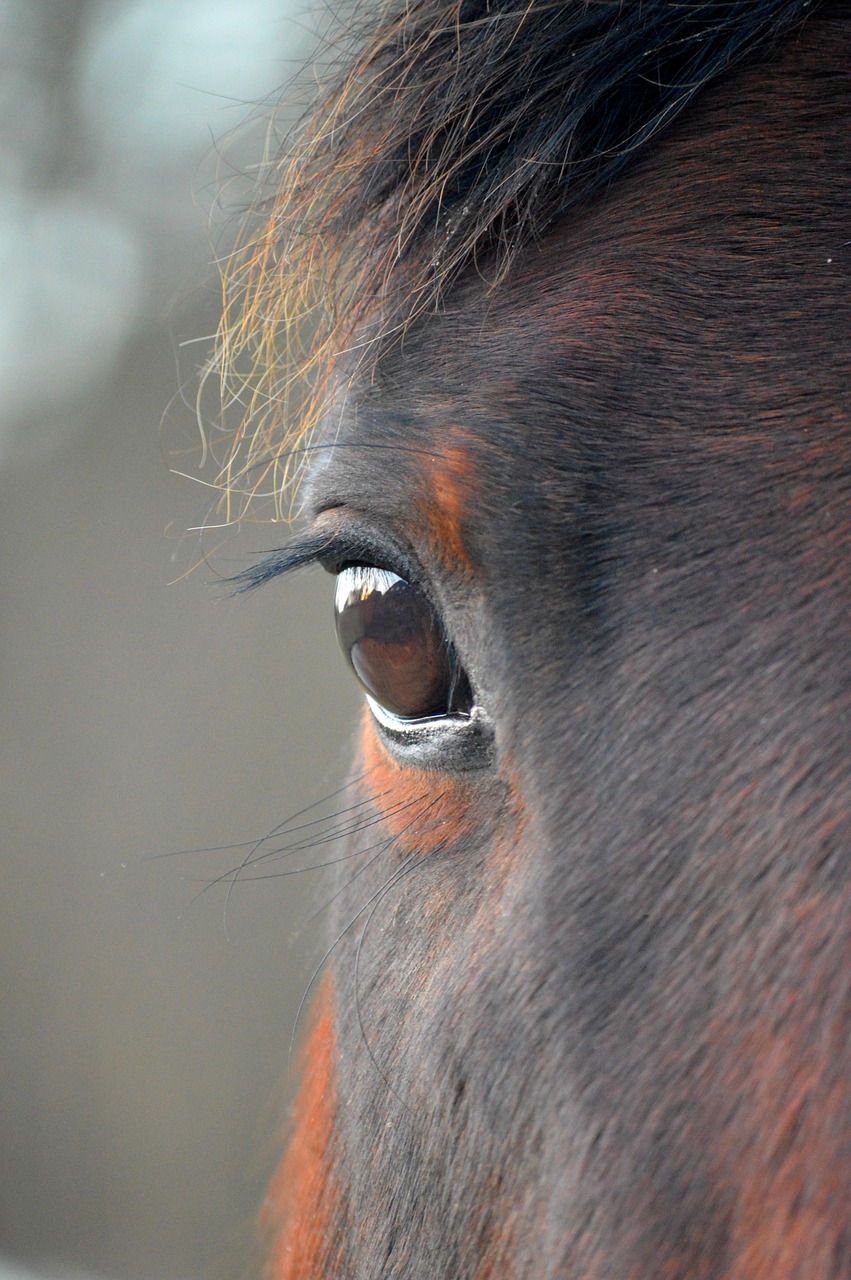Healing Horses
- Suzy Maloney B.Eq.Sc.
- May 1, 2022
- 4 min read
Updated: Feb 16, 2024

There are so many facets to healing, and for it to occur a holistic approach that addresses all of these is likely to be more effective. The different sides of healing I am talking about are physiological, metal, emotional, experiential, and environmental. Where horses are concerned, just as with humans, all these facets need to be looked at concurrently, but for simplification here I will briefly address each individually.
Physiological – sometimes an issue will be obvious, such as a lump or wound. At other times horses they may have a pain or problem in their body that is not visible, and they are unable to tell us with words. The way they indicate that all is not well is behaviorally. Whenever a horse has a change in behavior the first place to look at is the body. Nothing else you do will have any effect if the horse is in pain.
It’s always a good idea to have a thermometer and stethoscope for your horses. Checking their vital signs is easy and can let you know immediately if there is a serious situation. It’s always good to know what is ‘normal’ for your horse, as each is slightly different, and then you’ll know when there’s variation. Taking their signs when they’re not unwell is great practice and establishes the baseline. A horse’s resting signs are follows – rectal temperature between 37 – 38.5 C, respiratory rate 10 – 24 breaths/min, heart rate 28 – 44 beats/min and gums pink and moist with capillary refill of less than 2 seconds.
If the situation is serious or if you are unsure, call the vet. Horses are incredible self-healers and, in most situations, will deal with whatever is happening themselves. Observe your horse to see if they’re improving, if so great, if not and it’s worsening, call the vet.
Mental – for a horse to be mentally happy they need a herd. The herd is the most important thing for horses after food. The herd is the structure that a horse is programmed to live inside. Without it horses can develop troublesome mental states expressed as stereotypic behaviors (cribbing, weaving etc.) and depression. Horses are capable of suffering from all the same mental issues that humans do such as anxiety, loneliness, and depression. The other major mental health problem that horses have is humans. Horses can develop severe mental health problems when handled violently, with confusing messages and inconsistencies and by humans who don’t understand their perspective. Handling wild born brumbies that have not been mentally influenced by humans has shown me exactly what happens to a horse’s mind from a life of human interaction. It’s quite an eye opener as to what we do to horses when we interact with them.
Experiential – I introduced this topic in the previous section, here we will look deeper. Every experience a horse has will shape them. From the moment they are born they are absorbing, just like human babies. It’s a wonderful thing to meet a dog or a horse that has never had a negative experience with a human. Unfortunately, this is a special and rare occurrence. Most domestic animals carry baggage that we have put there. When we are interacting with horses, we can be aware of this and look for areas where a horse is fearful or lacking trust and move toward healing these areas for the horse. We can also make sure that all our handling does not add to what is already there. Removing the standard instruments of pain such as bits, whips and spurs is a great place to start and will motivate you to look at other ways of communicating with horses.
Environmental – this is a huge one and is often not given the weight it deserves. Environmental enrichment is so important for all beings, us included. The practice of separating horses into small paddocks is doing great harm for horses. They flourish in all ways, physically, mentally, and emotionally, when in a large paddock not divided by fences and in a herd. I have an agisted horse in my herd now who has a club foot and chronic swollen knee, he is retired. His people have always kept him in small flat paddocks to look after his knee, but he still went lame regularly anyway. Circumstances led him to coming to me, where he lives in a huge paddock in a herd with a massive hill that they run up and down and trees everywhere and lots of different environments. He has been here over a year now and not once has his knee flared up and he even stands square now. This result was not expected by any of us and is great example of the healing properties of a naturally enriched environment.
There is so much more I could say but it would turn into a book. I invite you to explore these topics yourself, and look to your horses, they will tell you what they need if you are listening.
Suzy Maloney B.Eq.Sc.
Happy Horses Bitless
Considerate Horsemanship
Ph: 0401 249 263
Email: suzy@happyhorsesbitless.com
Facebook: Happy Horses Bitless Bridles



Comments